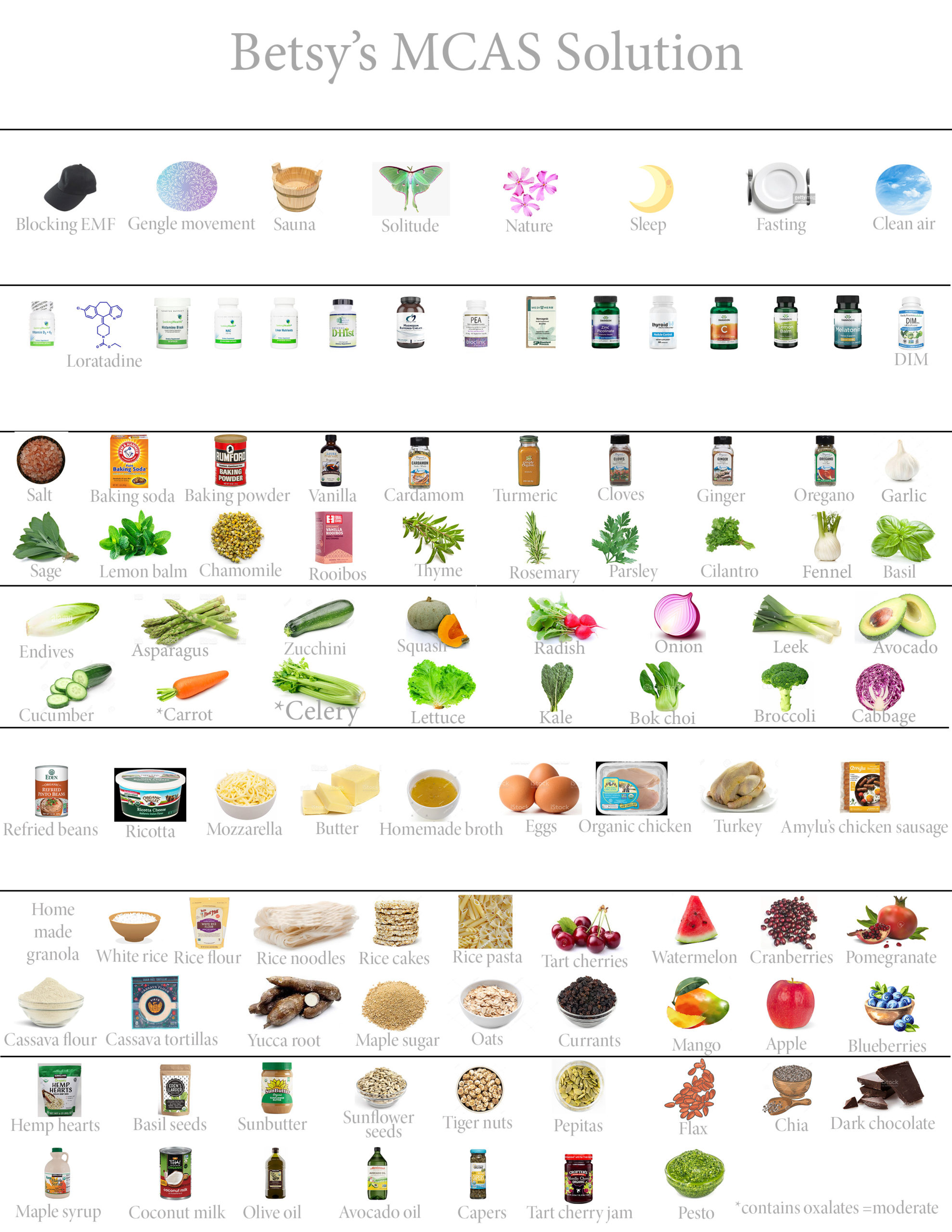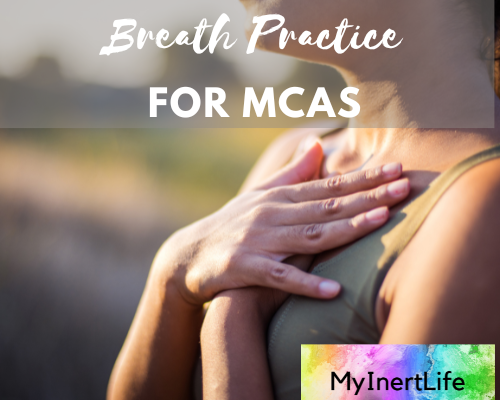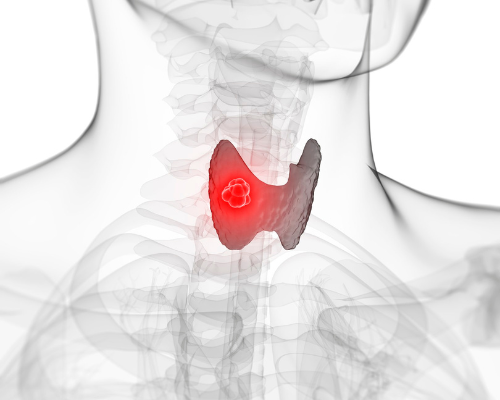This post is the first in a series of posts covering my journey to hike the Superior Hiking Trail with MCAS.
As an Amazon Associate, I earn from qualifying purchases.
Table of Contents
Why hiking?
This spring after reading Cheryl Strayed’s book “Wild,” the story of Strayed’s 1995 hike up the 2000-mile Pacific Crest Trail, I became inexplicably enamored with the idea of backpacking the Superior Hiking Trail solo. I’ve only ever backpacked one time 30 years ago in the Olympic Peninsula in Washington, not solo, but for some reason I became obsessed.
What is MCAS?
Mast Cell Activation Syndrome (MCAS) is a chronic condition that affects all organ systems. MCAS is serious and disabling and people with MCAS experience often significant and debilitating symptoms daily, including anaphylaxis, which can be fatal.
MCAS is often found in combination with other chronic conditions such as Ehlers-Danlos Syndrome (EDS) and Postural Orthostatic Tachycardia Syndrome (POTS).
Frequently healthcare providers do not know about MCAS, and the tests for MCAS are problematic because they are not uniformly reliable. MCAS can be difficult to manage. Treatments include blocking mast cell mediators with anti-histamines and mast cell stabilizers, as well as avoiding triggers.
Check out this post on how to manage MCAS.
The Superior Hiking Trail
The whole SHT is about 300 miles long and my mom has hiked the entire trail in sections. So I have her as my role model, and I feel like I can technically do it in manageable pieces. In reality, I’ve got Mast Cell Activation Syndrome and I rely on a daily cocktail of antihistamines and mast cell stabilizers to manage my symptoms, along with a special diet, I knew that I couldn’t do all of those things on the trail. So over the last few months, I have gradually weaned myself off of everything I possibly could. Surprisingly enough I have found I can manage with less.

Doing a trial run
This week my backpacking-obsessed plan was to do a section of the trail near Crosby Manitou State Park as a trial run with the backpacking gear I have amassed. But this experience has been a process of tempering my expectations. I had Covid a couple of weeks ago, and my stamina is definitely still affected. Plus I’ve learned from following the SHT Facebook posts that with all the rain we’ve gotten lately the trail is extremely muddy and buggy.
So instead of jumping into backpacking a section of the SHT, I decided to stay at a campground near the trail and ease into it by doing a 2-mile hike on it to start. That went well today, though, without a bug net, I would have been carried off by a swarm of mosquitoes. I sort of got the hang of my satellite navigation device, but I didn’t bring enough water and I was hot, tired, and sore after two miles.

The hard realities
The realities of backpacking have also been hitting hard. Last night I arrived shortly before dark and had just set up my cute new ultralight one-person tent when I realized I was too achy to sleep on the ground, and honestly I don’t want to camp in a one-person tent in a campground, let alone out in the middle of bear country alone. Instead, I set up my sleep system in my car and slept comfortably, which I’ve done successfully many times before.
Then tonight after dinner we got a tremendous thunderstorm with pelting rain. Again I gratefully sheltered in my car while my cute unused tent floated amid a giant rain puddle.
Adjusting expectations
With tenting and storms the backpacking score is zero for two. So, expectations have been adjusted and I no longer plan to backpack the SHT. My obsessive personality and my physical reality are going to have to work out a compromise. I think I will sell the tent and just try to hike a section of the SHT at a time over the next several years. There is grace in admitting limitations.
I also had a lovely kayak in Lake Superior this morning.

Stay tuned for the next installment in this journey!
The bucket theory
The bucket theory offers a helpful analogy for understanding symptom reactions with MCAS.
Think of your body as an empty bucket that you want to keep from overflowing. Different foods and activities fill your histamine bucket at different speeds but they combine to form the total level of histamine in your body (how full your bucket is). A fuller bucket means you have more histamine symptoms. When you manage triggers, reduce exposure to known triggers, and take medications and supplements to reduce histamine, you can manage the level of your bucket.
Know your typical symptom progression
Knowing your symptom progression in a symptom flare is the key to developing your rescue plan. In this post, I discuss how to determine your symptom progression. Once you know what typically happens in your symptom progression you can design a rescue plan to address those symptoms.
Get my free ebook, symptom log, and meal plan!
Want a tool to easily keep track of your symptoms? Sign up for my newsletter and you will receive my free 50-page ebook of lower-histamine, grain-free, sugar-free recipes, my free symptom log, and a free two-week meal plan!
Sign up for the SSP!
The SSP is a listening therapy based on Polyvagal Theory created by Stephen Porges to unlock your ability to think, feel, and connect better through nervous system regulation. You use the SSP via an app on your phone and listen with over-the-ear headphones to specially filtered music that heals the nervous system, specifically the vagus nerve. You subscribe to the app with a provider like me and listen to the specially curated music for 30 minutes each day for a 5-hour cycle. Studies show the SSP has a profound effect on mental health and chronic conditions
You can sign up for the SSP here!
Order my book!
Rocks and Roots chronicles my journey solo backpacking the Superior Hiking Trail and overcoming nervous system dysregulation, gut dysbiosis, and Mast Cell Activation Syndrome symptoms to hike 328 miles successfully.
Check out this powerful frequency device
Healy is an individualized microcurrent device I use to reduce inflammation. Check out this post for more about Healy.
Sign up for a session!
I provide one-on-one in-person and remote chronic illness and caregiver coaching and Sacred Self-Healing Sessions based on the Sacred Self-Healing Method, a proven novel co-creative healing modality detailed in my Books.
Click here for more information.
What do you think?
I’d love to have your reply below!
Disclaimer
The preceding material does not constitute medical advice. This information is for information purposes only and is not intended to be a substitute for professional medical advice, diagnosis, cure or treatment. Always seek advice from your medical doctor.




